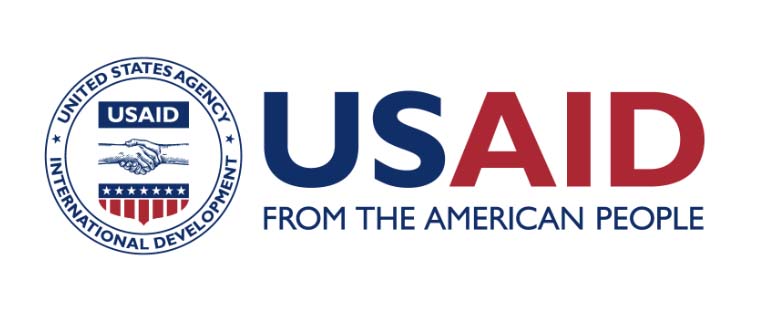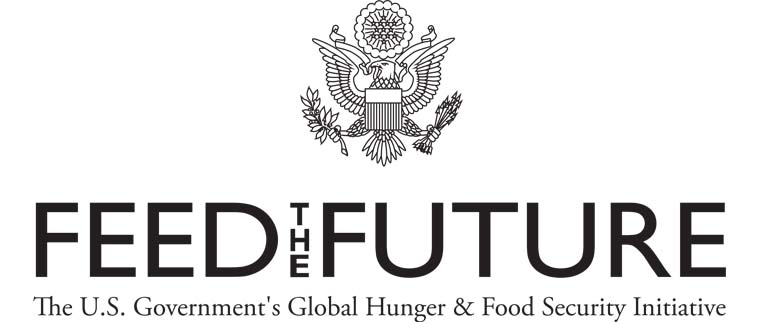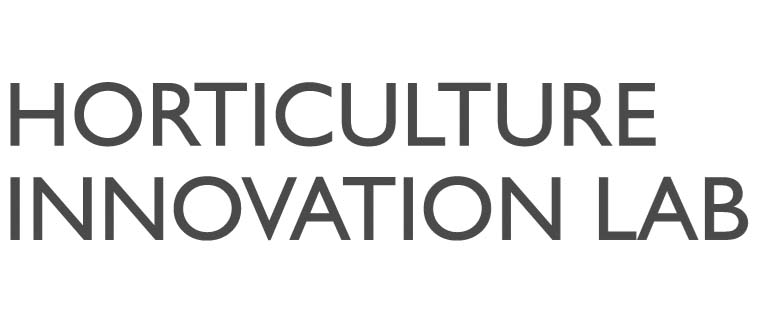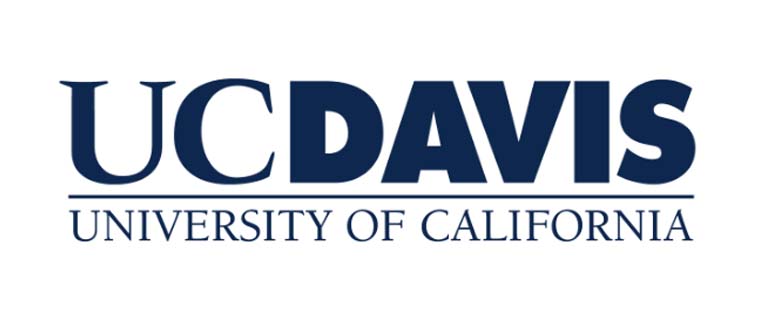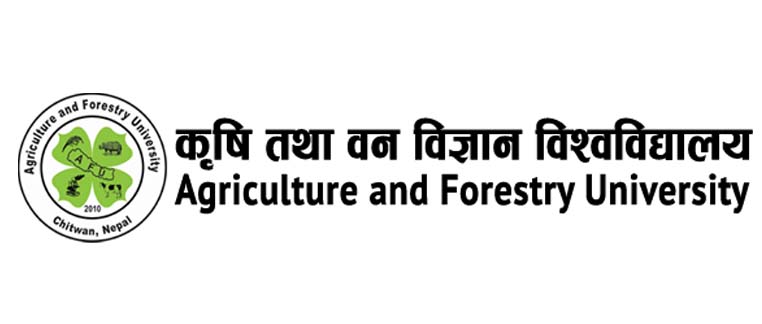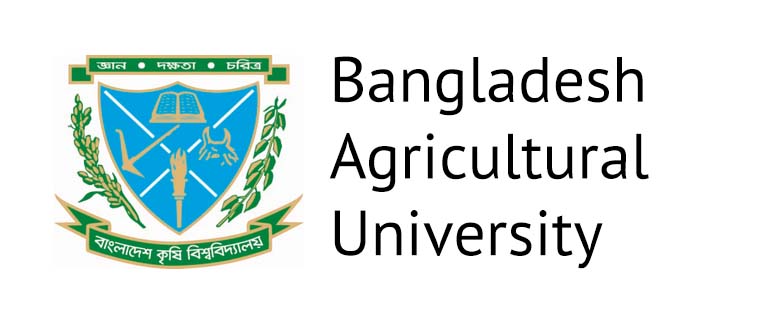Project Summary
The rapid urbanization in Bangladesh and Nepal is making the city dwellers vulnerable for their food and nutrition and primarily dependent on the supply chain from the rural areas. The proposed research project will focus on the capacity buildup of the urban communities for fruits and vegetables production in their existing setup. However, it has been a challenge to enhance the production of fruits and vegetables in urban and peri-urban areas due to the limited supply of quality planting materials. The overarching goal of this project is to develop the quality planting materials to enhance production efficiency, introduce advanced planting techniques and associated entrepreneurship development for women and youths. This approach can contribute to increasing urban communities’ access to demand-based nutrient-rich fruits and vegetables, which can contribute to achieving food and nutritional security. Furthermore, the increased green coverage in the urban and peri-urban areas will help to mitigate global warming through carbon sequestration and minimize rising temperature. The project will also introduce advanced production techniques to creatively use the limited spaces in the city areas. A GIS based model will also be developed to find the possible setups for introducing urban horticulture. The project is in line with achieving SDG 1 (creating employment), SDG 2 (ensuring food security), SDG 5 (through women involvement), SDG 11 (promoting sustainable urban horticulture) and SDG 13 (carbon sequestration). The findings of different research interventions will contribute to promoting the efficient production techniques, decision-making, policy recommendations and sustainability of the urban horticultural approach.
Project implementing countries and regions
Bangladesh (Dhaka, Khulna and Mymensingh) and Nepal (Kaski, Chitwan, Makwanpur, Kavrepalanchok, Kapilvastu and Palpa)
Subthemes and research goals
- Improved practices to enhance fruits and vegetable production through urban horticulture including the identification of barriers and potentials (Subtheme I)
- Production and supply of quality planting materials (Subtheme II)
- Capacity building and development of women and youth (Subtheme III)




